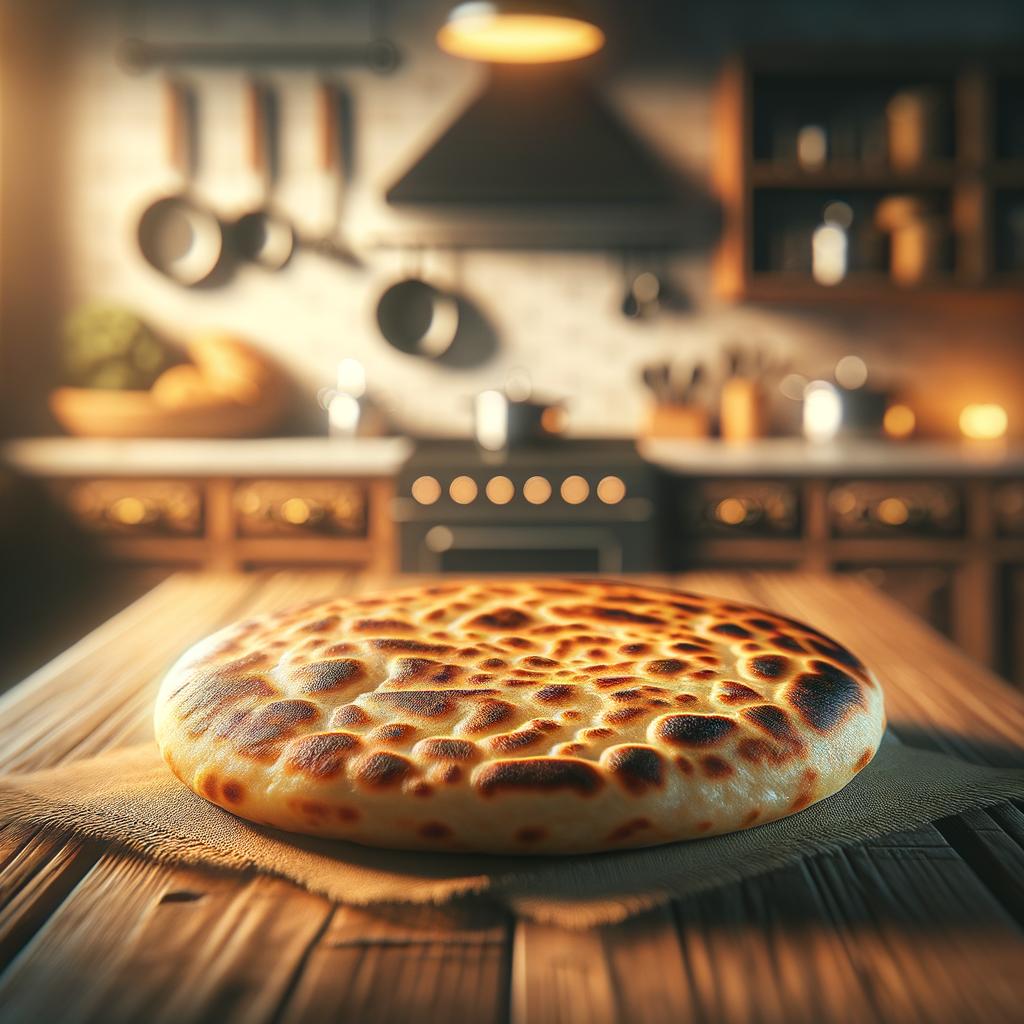Paratha Bread

Description
Paratha bread, a staple in many South Asian households, is a flatbread that's as comforting as a mother's embrace. Its appearance is golden brown, often speckled with darker toasted spots that hint at the crispy, flaky texture that awaits the lucky diner. Its round or square shape is often compared to a full moon or a neatly folded quilt, respectively. The taste is mild, slightly buttery, and it carries a subtle hint of earthiness from the whole wheat flour it's usually made from. What sets paratha apart from other flatbreads is its unique preparation process, where the dough is layered with ghee or oil, folded, and then rolled out again, resulting in its signature flaky texture.
Primary Uses
Paratha bread is a versatile player in the culinary world. It's commonly used as a breakfast item, served with yogurt, pickles, or just a slather of butter. In the realm of Indian and Pakistani cuisines, it's often served with spicy curries and lentil soups, acting as the perfect sponge for all the delicious sauces. It's also used as a wrap for various fillings, creating stuffed parathas that can be a meal in themselves. Outside the kitchen, paratha bread is a symbol of home and hospitality, often prepared to welcome guests or celebrate special occasions.
History
The history of paratha bread is as layered as the bread itself. It's believed to have originated in the Indian subcontinent, with the first written mention appearing in the 12th century. Over time, its popularity spread across South Asia and into Southeast Asia, with each region adding its unique twist to the basic recipe. The name "paratha" comes from the words "parat" and "atta," which mean layers of cooked dough in Hindi. Folklore often tells tales of mothers and grandmothers waking up early to prepare fresh parathas for their families, the aroma wafting through the house serving as the best alarm clock.
Nutritional Information
Paratha bread, while delicious, is not just about taste. Made from whole wheat flour, it's a good source of dietary fiber and complex carbohydrates. It also contains some protein and trace amounts of vitamins and minerals like iron and B-vitamins. If made with ghee, it can also provide a decent amount of healthy fats. However, due to its high-calorie content, it's best enjoyed in moderation. When compared to white bread, paratha has a lower glycemic index, making it a better choice for maintaining steady blood sugar levels.

